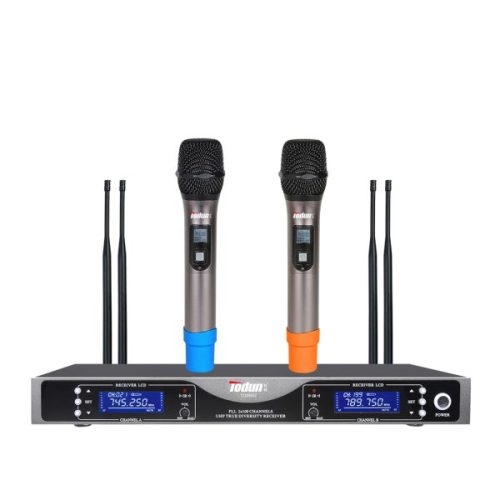One of the main advantages of a wireless microphone system is that it has no cables attached. Instead, microphones and receivers send audio signals wirelessly to a recording device or audio console. Therefore, the wireless microphone system avoids cable connection and noise problems. It also eliminates the need for cables that could get in the way of recording. So the next time you record a podcast or live performance, you can use a wireless microphone system.
Durability
Durability is an important factor when choosing a wireless microphone. Some wireless microphones can last up to six years. It’s also important to consider the type of audio system you’re using. Some wireless microphones are prone to interference and wear out faster than others. However, you should make sure that the purchase you make is backed by a warranty. This will help ensure that your wireless microphone will last a long time.
Quality sound quality is another important aspect of wireless microphones. While some models may be less expensive than others, they should deliver high-quality sound. Each microphone has different structures and components. The chip inside must be able to reduce ambient noise and keep the signal clear. Some microphones even have ergonomic meshes to avoid breathing noise from interfering with the quality of the sound. And, of course, the range should be long enough to keep you using the mic for years.
Put One’s Oar In
Interference from wireless microphones can occur for various reasons. For example, interference from other sources can cause an imbalance in the noise ratio, which can interfere with the audio signal from a wireless microphone. If you’re trying to record an interview with a microphone, you should try to find one that’s less noisy. Thankfully, digital microphone systems offer an easy solution to this problem. The best way to avoid interference is to make sure your wireless microphone is in good condition before buying.
Energy Source
There are two forms of power for wireless microphones: phantom power and batteries. Phantom power sends acoustics through balanced cables to help eliminate hum and white noise. The latter is usually an XLR cable. It’s also a handy option for wireless microphones that don’t require an external amplifier. Most wireless microphones do not require phantom power. Phantom power reduces the impedance of the signal, which is important because high-impedance waves require a lot of gain to reach the speakers.
If the power supply is damaged, the microphone will not charge. It is important to turn off the microphone before charging. Otherwise, the microphone may damage other instruments or your computer. Make sure to press the assigned button to turn off the microphone. The microphone’s charging port must be working. If the charging port is damaged, the microphone must be fully charged. Also, the AC adapter must be intact.




